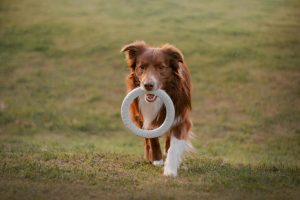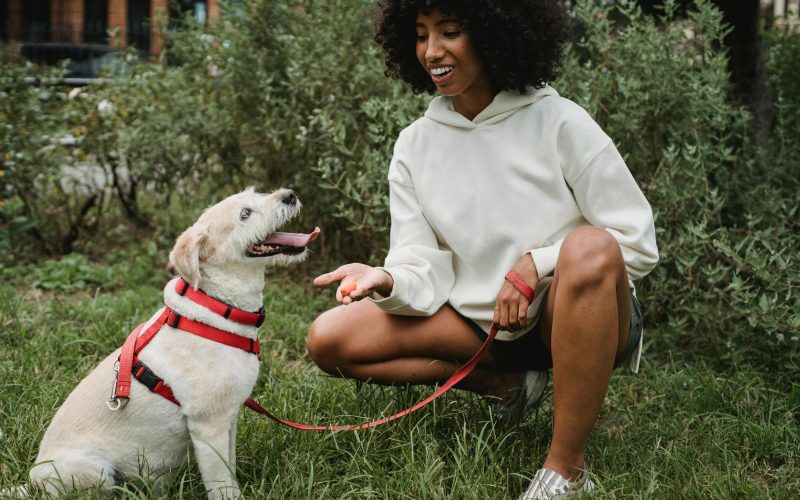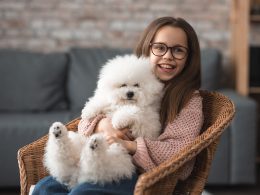Introduction
Training your dog is one of the most rewarding experiences for both pet owners and their furry companions. A well-trained dog is not only obedient but also happier, healthier, and safer in various environments. However, many pet owners struggle with the best ways to train their dogs effectively. From basic obedience training to behavior correction, understanding the right training techniques is essential for building a strong bond with your pet.
Whether you have a puppy or an older dog, consistent training sessions can help prevent bad behavior and encourage good behaviors. A structured approach that focuses on rewarding desired behavior ensures that your dog learns in a positive and stress-free environment. In this guide, we will explore the best training methods to ensure your pet listens, learns, and grows into a well-mannered companion.
What Is Dog Training and Why Is It Important?

Dog training involves teaching your pet commands, behaviors, and social skills that help them interact positively with people and other animals. It includes obedience training, socialization, leash training, and correcting undesirable habits.
Proper training your dog is essential because it:
- Strengthens the bond between the owner and the dog.
- Prevents destructive behaviors like chewing, barking, and jumping.
- Ensures the dog’s safety in different environments.
- Helps improve social skills, making outings and home life easier.
By investing time in positive reinforcement techniques and consistency, you can create a well-behaved and happy dog.
The Best Dog Training Methods
1. Positive Reinforcement Training
Positive reinforcement techniques are one of the most effective and humane training methods. This approach focuses on rewarding your dog for exhibiting desired behavior, which encourages them to repeat it.
How to Use Positive Reinforcement:
- Use treats, verbal praise, or toys as rewards.
- Give rewards immediately after the desired action.
- Be consistent with rewards to reinforce the behavior.
- Avoid punishment, as it can create fear and anxiety in dogs.
Dogs learn best through rewards and motivation rather than force. When they associate good behaviors with positive outcomes, they are more likely to listen and obey commands.
2. Clicker Training for Faster Learning
Clicker training is a form of operant conditioning where a small device makes a clicking sound to mark correct behavior. This method helps training your dog understand what they did right more quickly.
Steps to Use Clicker Training:
- Press the clicker when your dog learns the correct action.
- Immediately follow the click with a treat or verbal praise.
- Repeat the process to build strong behavioral habits.
Clicker training is especially useful for teaching new tricks, reinforcing commands, and correcting bad behavior in a non-harmful way.
3. Basic Obedience Training for Everyday Commands
Teaching your dog basic commands is crucial for good behaviors at home and in public. The most important commands include:
- Dog to sit: Helps control excitement and impatience.
- Stay: Prevents your dog from running into dangerous situations.
- Come: Ensures your dog returns to you when called.
- Heel: Teaches proper leash walking behavior.
Training sessions should be short, engaging, and repeated over a period of time to reinforce learning. Professional dog trainers recommend focusing on one command at a time to prevent overwhelming your pet.
4. Socialization Training for a Well-Adjusted Dog
Socialization is the process of exposing your dog to different people, animals, sounds, and environments to reduce fear and anxiety.
How to Socialize Your Dog:
- Take them on regular walks in different areas.
- Arrange playdates with other dogs.
- Introduce them to new experiences, like car rides and loud noises.
- Reward calm and friendly behavior.
Well-socialized dogs are more confident, friendly, and less likely to develop aggression or anxiety.
5. Leash Training for Better Walks

Many dogs struggle with pulling on the leash, making walks stressful for both the pet and the owner. Proper leash training ensures safe and enjoyable outings.
Leash Training Tips:
- Use a comfortable and well-fitted collar or harness.
- Teach your dog to walk beside you, not ahead.
- Stop walking if they pull and wait for them to calm down.
- Reward them when they walk calmly by your side.
Loose-leash walking improves control, making daily walks enjoyable and stress-free.
6. Crate Training for a Safe Space
Crate training provides dogs with a secure place to rest and prevents destructive behavior when left alone. It also helps with house training puppies.
How to Crate Train Your Dog:
- Make the crate a positive and comfortable space.
- Never use the crate as punishment.
- Start with short durations and gradually increase time.
- Reward calm behavior inside the crate.
When done correctly, crate training reduces anxiety and provides dogs with a safe retreat.
7. Correcting Bad Behavior
If your dog exhibits unwanted behaviors like barking, chewing, or jumping on people, it’s important to address them early.
How to Correct Bad Behavior:
- Redirect their attention to appropriate activities.
- Use firm yet gentle commands to stop the behavior.
- Ignore attention-seeking behaviors instead of reinforcing them.
- Provide sufficient exercise and mental stimulation to prevent boredom-driven misbehavior.
Understanding the cause of your dog’s behavior helps in choosing the right corrective training tools.
Table: Best Dog Training Techniques
| Training Method | Purpose | Best For |
|---|---|---|
| Positive Reinforcement | Encourages good behaviors | All dogs |
| Clicker Training | Speeds up learning | Puppies & older dogs |
| Basic Obedience Training | Teaches essential commands | Puppies & untrained dogs |
| Socialization Training | Reduces fear & aggression | Puppies & rescue dogs |
| Leash Training | Prevents pulling on walks | Active dogs |
| Crate Training | Provides a safe space | House training puppies |
| Behavior Correction | Stops unwanted habits | All dogs |
Conclusion
Training your dog is a lifelong process that requires patience, consistency, and the right training techniques. Whether you’re focusing on obedience training, socialization, or correcting bad habits, using positive reinforcement techniques and structured training sessions will help shape a well-behaved and happy dog.
By incorporating these best dog training methods, you can strengthen your bond with your pet and ensure they grow into a disciplined and loving companion.












